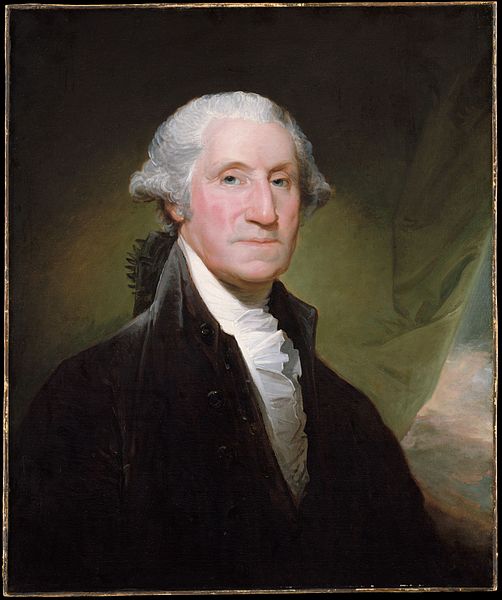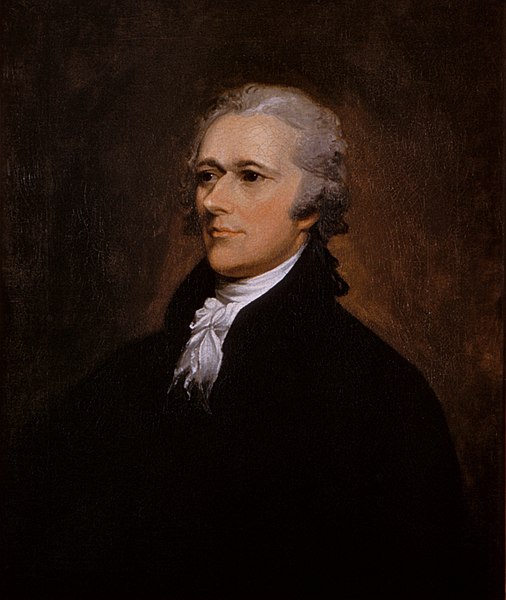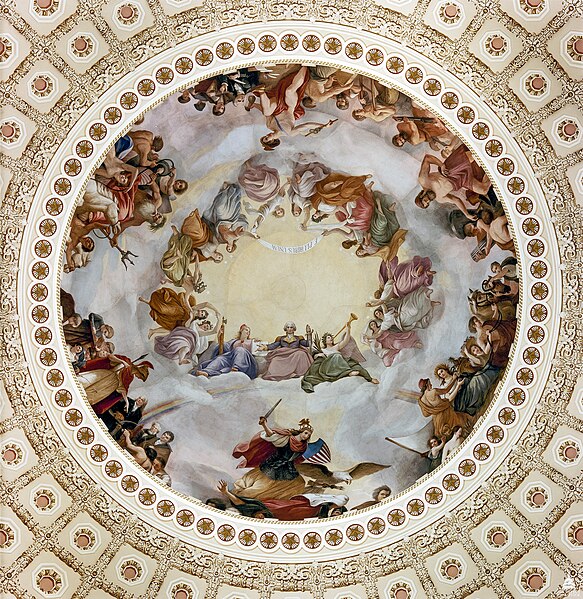The Federalist Era in American history ran from 1788 to 1800, a time when the Federalist Party and its predecessors were dominant in American politics. During this period, Federalists generally controlled Congress and enjoyed the support of President George Washington and President John Adams. The era saw the creation of a new, stronger federal government under the United States Constitution, a deepening of support for nationalism, and diminished fears of tyranny by a central government. The era began with the ratification of the United States Constitution and ended with the Democratic-Republican Party's victory in the 1800 elections.
Washington's first inauguration
President George Washington
Secretary of the Treasury Alexander Hamilton
James Madison opposed many of Hamilton's proposals.
The Federalist Party was a conservative and nationalist American political party and the first political party in the United States. It dominated the national government under Alexander Hamilton from 1789 to 1801. The party was defeated by the Democratic-Republican Party in 1800, and it became a minority party while keeping its stronghold in New England. It made a brief resurgence by opposing the War of 1812, then collapsed with its last presidential candidate in 1816. Remnants lasted for a few years afterwards.
A portrait of Alexander Hamilton by John Trumbull, 1806
The Apotheosis of Washington as seen looking up from the Capitol rotunda in Washington, D.C.
Gilbert Stuart, John Adams, c. 1800-1815
President Thomas Jefferson








